When people think of the music that plays at dance clubs or parties, certain attributes may appear in one’s mind; a thumping base that mimics a heartbeat, catchy choruses or lyrics that can not stop repeating over and over again even days after the event. For a time, that musical essence stood as hard to come by for those craving for a melody to sweep them off their feet. Fortunately, in the mid-1980s, a genre emerged that aimed— and achieved at— scratching that music itch: European dance music, also referred to as Eurodance music.
With its beginnings rooted in Central Europe, the melodically unique fad of Eurodance music arose with one unofficial goal: to engender audiences to feel their groove. In a fleeting period between the mid-1980s and early 2000s, Eurodance music swept the musical charts. Although the genre garners a reputation for repetitive choruses, each song released under the Eurodance umbrella harbors its own unique sound.
Through popular artists such as Cascada, Haddaway and Eiffel 65, audiences across several countries grew fond of the catchy rhythms of tunes such as “Every Time We Touch,” “What Is Love” and “Blue (Da Ba Dee).” Despite the distinctive nature of these songs and others of their likeness, the genre lies riddled with several one-hit wonders and became disregarded by mainstream audiences in the realm of music history. In light of the dust that lingers over the legacy of Eurodance music, due to the genre’s irreplaceable nature, its impact on pop culture remains tangible.
“Whenever I think of European pop, I always think of summery colors and vibes—perhaps a celebratory mood—that really sell the idea of this genre as party beats. My main liking for these kinds of energetic melodies is because they play a scene that ‘entertains’ my brain while I listen. Living in the United States, there’s something subconsciously foreign you can pick up on, but we’re mostly a Euro/West-centric country so it’s not really in any negative light, it’s something to explore that remains comfortable to the American ear,” magnet junior Maksymilian Bardwell said.
Part One: The make-up of Eurodance
The distinctive sound of European music stems from not only the song’s production but also how the lyrical components intertwine with one another. While each Eurodance song does not follow this particular pattern, according to Discogs, there exists several key components that a plethora of tunes within this genre own such as the utilization of a heavy baseline and thumping beats. Fortunately for the eardrums of the genre’s connoisseurs, those intense musical accompaniments partner with engaging choruses and bridges from the artists who create them.
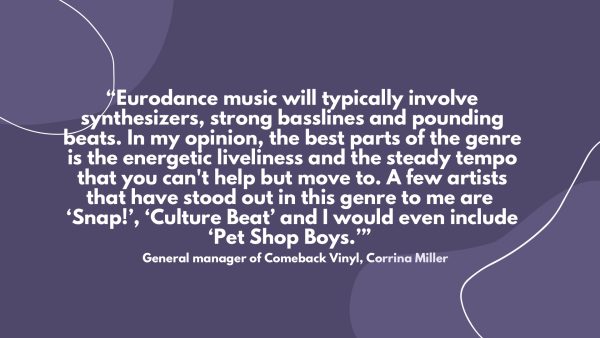
After gaining a footing in Germany during the late 1980s, the early days of Eurodance carried traits of an iconic hallmark of European radios within the 1970s: Disco. The first prominent step of Eurodance music onto the charts appeared in the 1989 hit “Pump Up the Jam,” by Belgian dance duo Technotronic. Through the addictive lyrics, artists encouraged listeners to put “their booties on the dance floor,” and to their credit, audiences did exactly that. The record hit number one in several European countries such as Belgium, Portugal and Iceland before venturing into the United States, where it reached number two on the weekly Billboard Hot 100 rankings. This taste of success for the Eurodance duo helped pave the way for future artists of the genre to achieve success in and outside of the European continent.
“I do not typically choreograph to Eurodance music for long work because I find that it can take away from the movement because there are so many layers to the music. I do, however, think it is perfect for short combos because of the fun energy it adds to shorter works. The layers of the heavy bass and faster tempo help to add energy and sass,” Barber Middle School dance teacher Sydney Hilliard said.
Part Two: The Rise and Fall of Eurodance
As Eurodance music grew into the ‘90s, so did the amount of notable songs produced. A Netherland-bred duo, 2 Unlimited, released their record “Get Ready for This,” September 23, 1991, and almost instantly received acclaim from audiences worldwide. The song became a hallmark of pregame playlists and elementary school dances, seamlessly embedding itself into different aspects of American subculture.
Another popular record arose out of Italy thanks to the musical prowess of the Brazilian artist, Corona. In 1993, she released her popular track, “Rhythm of the Night,” which instantly resulted in positive accolades from audiences. Corona and her dance club song received rave reviews and the song continues to resonate with modern audiences; “Rhythm of the Night” and its various remixes have amassed millions of hits on Corona’s Spotify.
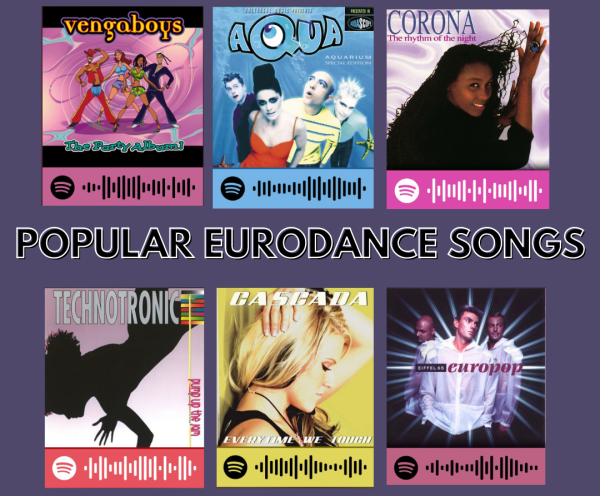
While the genre experienced a daring debut and ravenous run, similar to all fads or trends, the Eurodance reign began to lose its momentum. In the 2000s, music genres such as hip-hop generated rapid commercial success. Although Eurodance received acclaim in the States, it became easier for US audiences to shift away from the genre. While Eurodance music still received popularity in the countries the songs originated, other genres simply grew in numbers in a way that Eurodance could not.
To further drive home the genre’s fading relevance, several Eurodance artists faced the cardinal sin of music by becoming one-hit wonders. For a plethora of musical artists, the fate stemmed from no longer producing music, or songs never receiving the same amount of hype as their successful hit. Artists such as Modjo, DJ Sammy and Dirty Vegas unfortunately did not obtain any further prosperity in their music careers.
Part Three: Where Eurodance exists in the modern world
While the legacy of the Eurodance music genre appeared grim for a prolonged period of music history, efforts have occurred that gently forced the musical genre into the limelight again. Comedian and Youtuber Kyle Gordon produced a Eurodance-inspired song titled “Planet of the Base ” alongside actress and TikToker Audrey Trullinger under the moniker Ms. Biljana Electronica. The song hilariously pays homage to the lyrical oddities and unique synths of past Eurodance songs and also honors popular tropes of the time regarding the roles of men and women within the genre. While the role that Gordon plays as the hilariously suave male singer remains the same, several different TikTok stars portray the role of Electronica, referencing the revolving door of frontwomen in Eurodance ensembles. Gordon also honors the tragically iconic trend of actresses or models lip-syncing the voice of the true singer behind popular tracks; singer Chrissi Poland provided the female vocals for “Planet of the Base,” but did not appear in promotional material for the ballad.
The genre of Eurodance continues to evolve into the modern day, with different artists emerging from countries such as Ukraine and Italy. Artists such as Tove Lo and David Guetta have faced years of success, have earned several charting records in the American mainstream and have collaborated with different popular artists from the United States.
“My favorite European pop artists are probably LOBODA and Vremya i Steklo, who are both Ukrainian artists that mostly produce Russian-language songs. I got into Ukrainian music at the beginning of 2023, but those two artists came to encompass a lot of my listening from that genre because they had the most energetic and poppy beats,” Bardwell said.
While the glory days of the Eurodance genre remain backlogged in the library of music history, several artists and loyal fans still provide the genre with the pat on the back it deserves. Eurodance may not stand as a popular pillar in music, but several elements of the genre still garner acclaim from audiences in and around the globe.
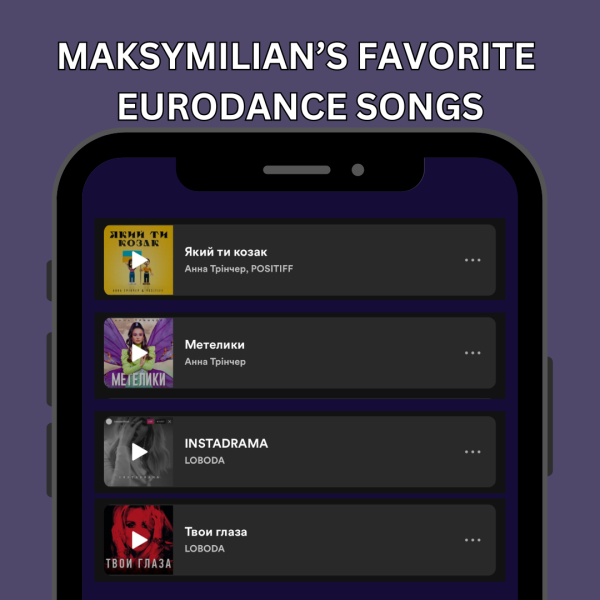


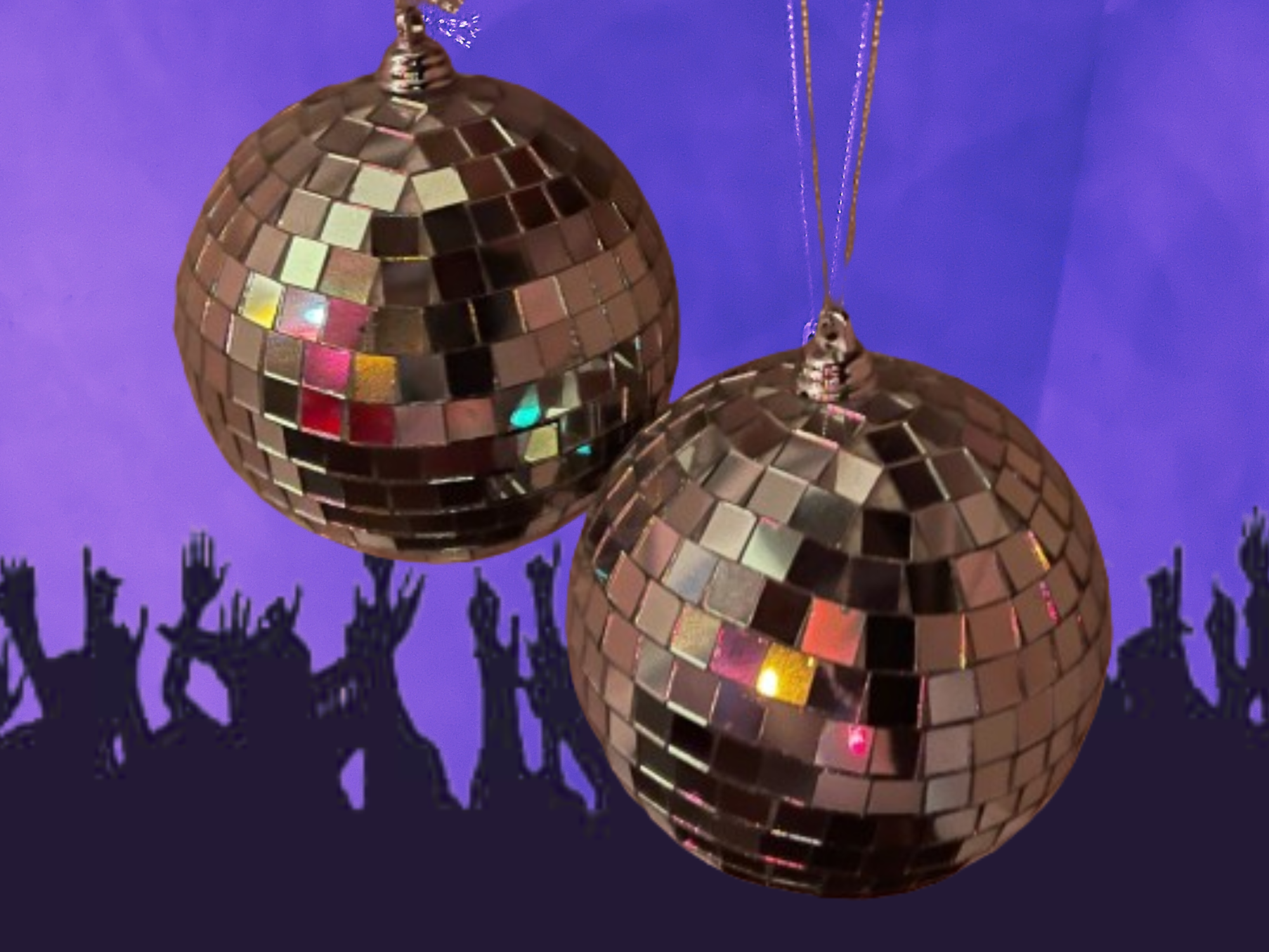


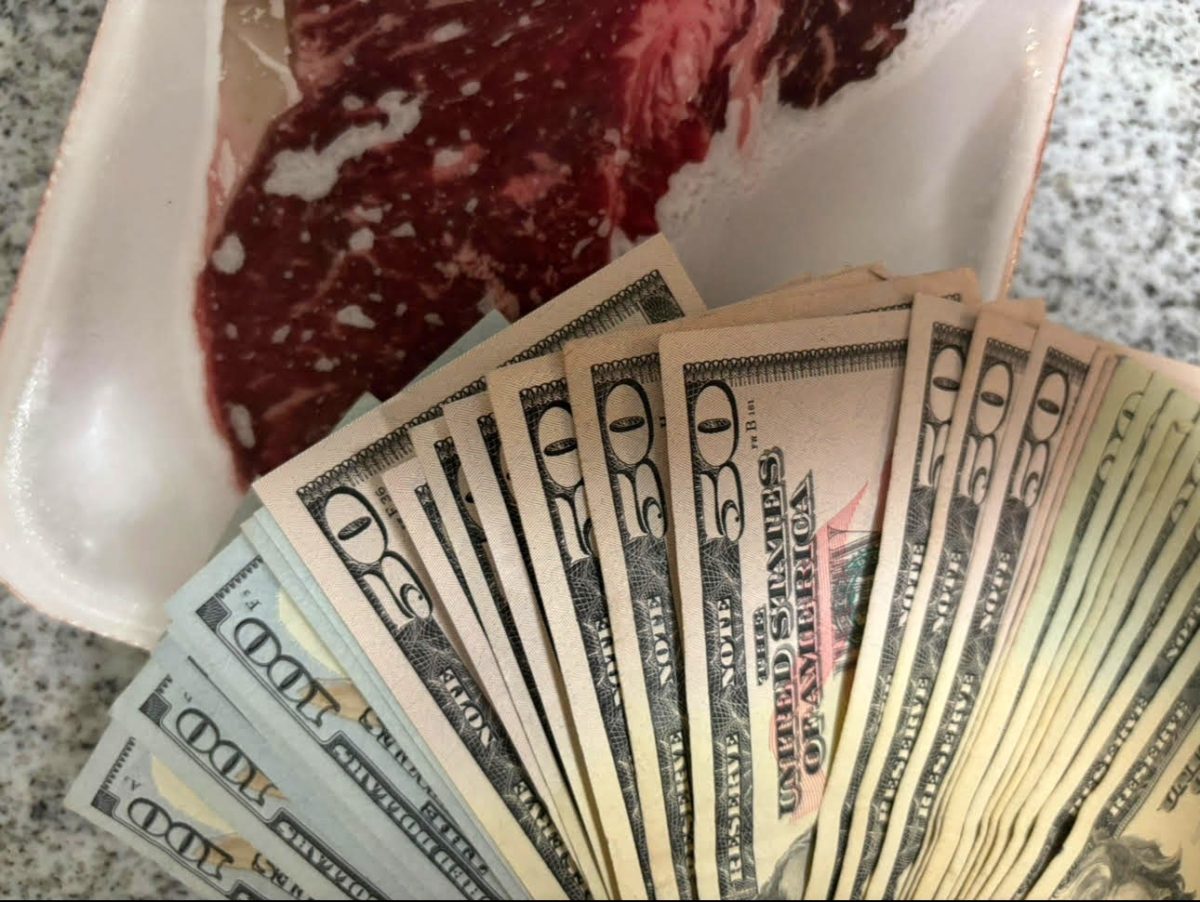

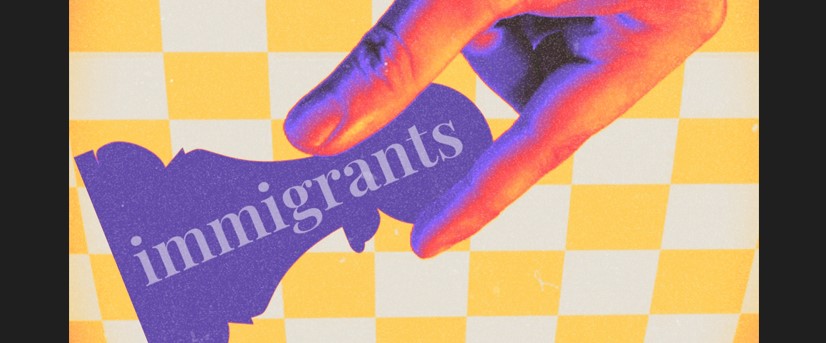








Erinn Gardner • Dec 11, 2023 at 9:26 PM
I absolutely loved this! Great work per usual